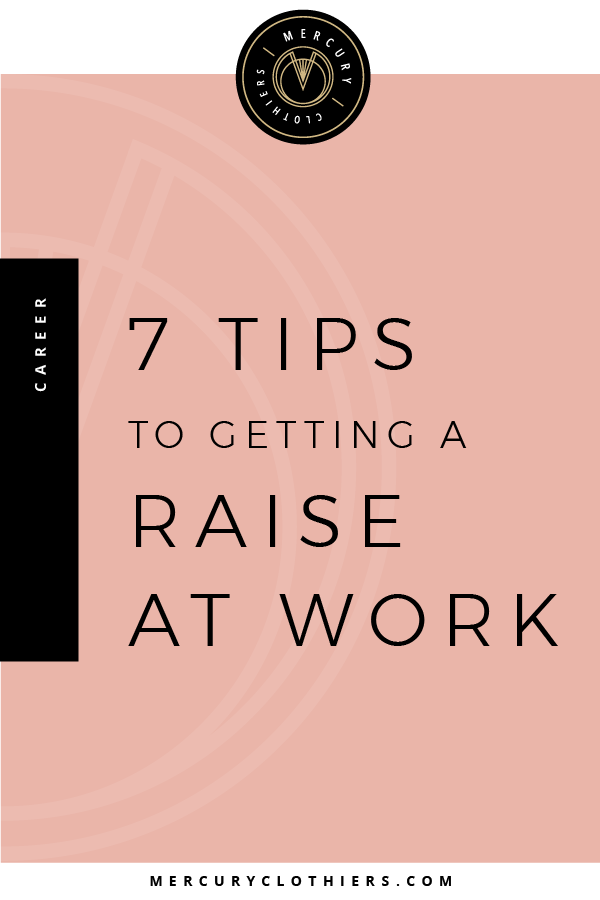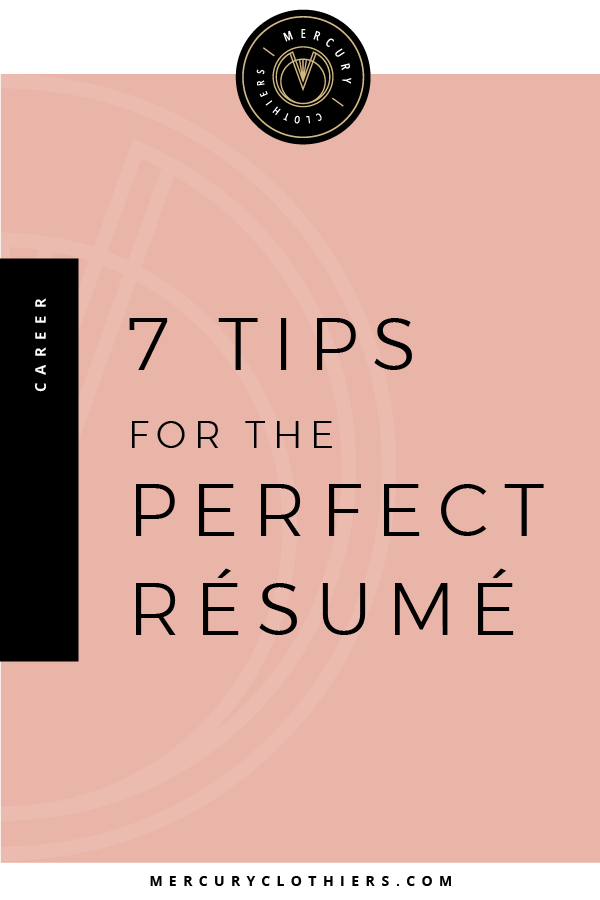
Whether you are ready for a career change or just working toward your next promotion we think it is important to always have a current resume on hand—which is why we are sharing out top resume tips with you today.
When you are born you are given a birth certificate. Among other things, it lists the date and time on which you were born, the hospital you were born in and your name, of course.
It proves your existence.
Your resume is the second document that proves your existence, and used a great deal more than your birth certificate, we might add.
A resume lists your qualifications and represents you before you have a chance to represent yourself in person. That is a lot of power for one piece of paper to have. Which is why we are determined to help you build the best resume possible!
A hiring manager looks at hundreds, if not thousands of résumés per job listing. They do not have time to read every word of yours so how do you maximize your time on air.
We know that this is disheartening as it takes hours to create and perfect a resume from scratch (not to mention the cover letter) only to be glanced at and tossed aside. Unfortunately, this is the reality of the situation so you need to submit the best resume possible.
As Oprah Winfrey says —
“The challenge of life, I have found, is to build a resume that doesn’t simply tell a story about what you want to be, but it’s a story about who you want to be.”
Resume Tip #1: Presentation
The way your resume looks is one of the most important elements to consider. It needs to be professional and uniform.
Use a professional font and font size. This can be a sans-serif font like Arial or a serif font like Times New Roman. The font size needs to be 10pt or 12pt.
Being consistent is the key to uniformity. Pick one font and use it throughout the document. This will make your document appear professional. Your font sizes can differ and it is actually preferable to bold or enlarge font for headers or sections.
Resume Tip #2: Layout & Design
Just as important as presentation is the layout of your résumé. It needs to be structured and organized.
As we stated above, you have seconds to prove yourself through your résumé which makes readability of the utmost importance. Balance your written descriptions with empty white space. A résumé that has more words than white space appears crowded and is more difficult to read.
Resume Tip #3: Keywords
Use keywords from the job posting, particularly from the Requirements section of the posting.
Many big companies use computer programs to scan resumes and determine qualifications. It is crucial that your resume have the same keywords in it that is listed in the job opportunity. If not, it could be overlooked before it has reached human hands.
Resume Tip #4: Length
Traditionally, the length of your resume should be one page. According to Indeed.com, resumes can be two pages at the absolute maximum. But, as we keep stating, time is of the essence. Hiring managers spend limited time on your resume as it is. Asking them to flip through pages does not boost that timeline in your favor.
Resume Tip #5: The Basics
Now that you know the preferred length, presentation, layout and design, what do you write? Your resume should include the basics: Education, Work Experience, and Volunteer Work.
Typically an open job listing will require you to have so many years of relevant work experience and/or education. Make sure this is listed and clearly marked on your resume.
Under Work Experience, focus on your achievements and responsibilities when listing your previous jobs. Titles of positions can be vague and not give much insight as to what the job required.
Resume Tip #6: Relevant & Important Info
Once you have completed tip #5, stop for a minute. Make sure you are still only filling one page. Re-read what you have written and make sure the most important information is listed first. If you were scanning a résumé and only had time to read the first couple of bullets per category, what would they be? That is how you need to be confronting this.
Important first then relevance. Of course, importance is relative to the job you are applying for. What are the most important achievements from your previous jobs that you want your new employer to know?
Don’t forget to update your information. Even when you aren’t actively job searching, update your resume as you start new volunteer work or job details like accomplishments. Updating this info as you go is a lot easier than trying to remember when you need to update it.
While you are updating your electronic resume, don’t forget about your LinkedIn profile. Click here to learn how to improve your LinkedIn profile in 7 quick steps.
Resume Tip #7: Save/Export with Your Name
When you save the document, make sure to include your name in the title.
For example: Name_Resume_JobTitle
Hiring managers may have a dozen resumes open on their computer at one time and you want to do everything you can to make your resume identifiable.
There is no mistaking your resume for someone else’s if your name is in the title.
Bonus Tip: Include a Cover Letter
Even if the job listing does not require a cover letter, include one anyway. Creating a cover letter shows the hiring manager that you are motivated and want to stand out from the crowd.
Always include what position you are applying for within the letter. Also, write out the reason you are applying for the position — why are you interested in working for the organization? Also include a couple of highlights from your resume.
We hope these resume tips were helpful and wish you the best of luck in you future interviews!


Comments